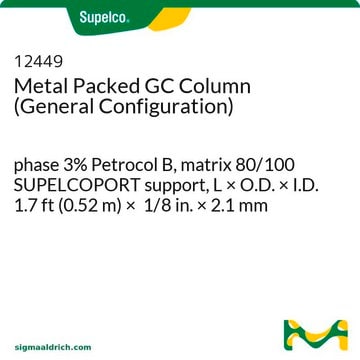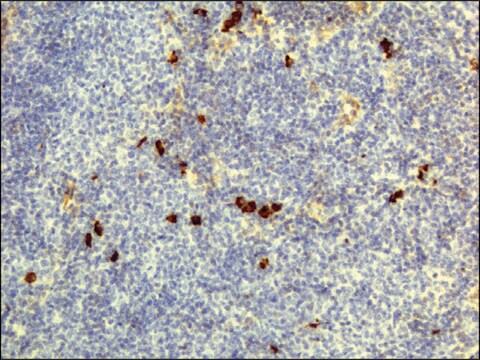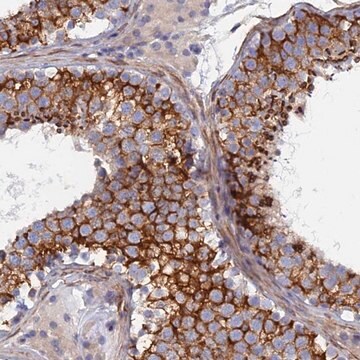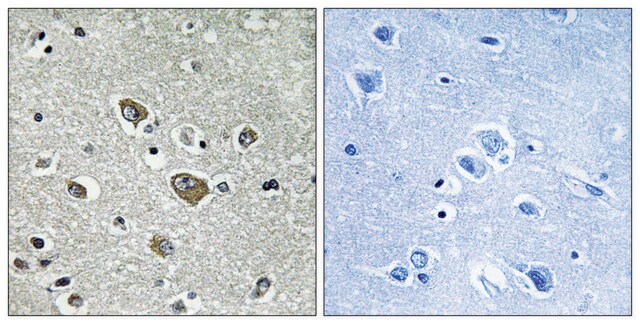Kluczowe dokumenty
W262404
Lemongrass oil, East Indian
natural, FG
Synonim(y):
Lemongrass oil
About This Item
Polecane produkty
pochodzenie biologiczne
Cymbopogon citratus DC. and Cymbopogon flexuosus
Poziom jakości
klasa czystości
FG
Kosher
natural
zgodność regionalna
EU Regulation 1334/2008 & 178/2002
FDA 21 CFR 117
FDA 21 CFR 182.20
aktywność optyczna
[α]20/D −10 to 0°, neat
pochodzenie
India origin
bp
224 °C (lit.)
gęstość
0.896 g/mL at 25 °C
Zastosowanie
flavors and fragrances
Dokumentacja
see Safety & Documentation for available documents
alergen pokarmowy
no known allergens
Organoleptyczne
lemon
Szukasz podobnych produktów? Odwiedź Przewodnik dotyczący porównywania produktów
Opis ogólny
Zastosowanie
Uwaga dotycząca przygotowania
Hasło ostrzegawcze
Warning
Zwroty wskazujące rodzaj zagrożenia
Zwroty wskazujące środki ostrożności
Klasyfikacja zagrożeń
Eye Irrit. 2 - Skin Irrit. 2 - STOT SE 3
Organy docelowe
Respiratory system
Kod klasy składowania
10 - Combustible liquids
Klasa zagrożenia wodnego (WGK)
WGK 2
Temperatura zapłonu (°F)
194.0 °F - closed cup
Temperatura zapłonu (°C)
90 °C - closed cup
Wybierz jedną z najnowszych wersji:
Masz już ten produkt?
Dokumenty związane z niedawno zakupionymi produktami zostały zamieszczone w Bibliotece dokumentów.
Nasz zespół naukowców ma doświadczenie we wszystkich obszarach badań, w tym w naukach przyrodniczych, materiałoznawstwie, syntezie chemicznej, chromatografii, analityce i wielu innych dziedzinach.
Skontaktuj się z zespołem ds. pomocy technicznej









